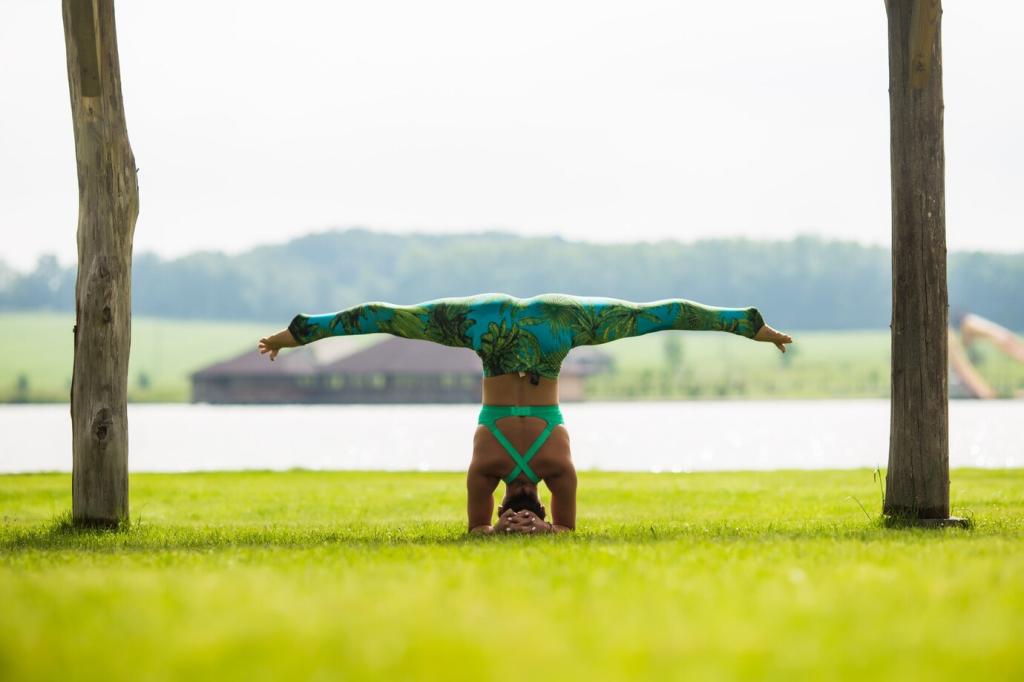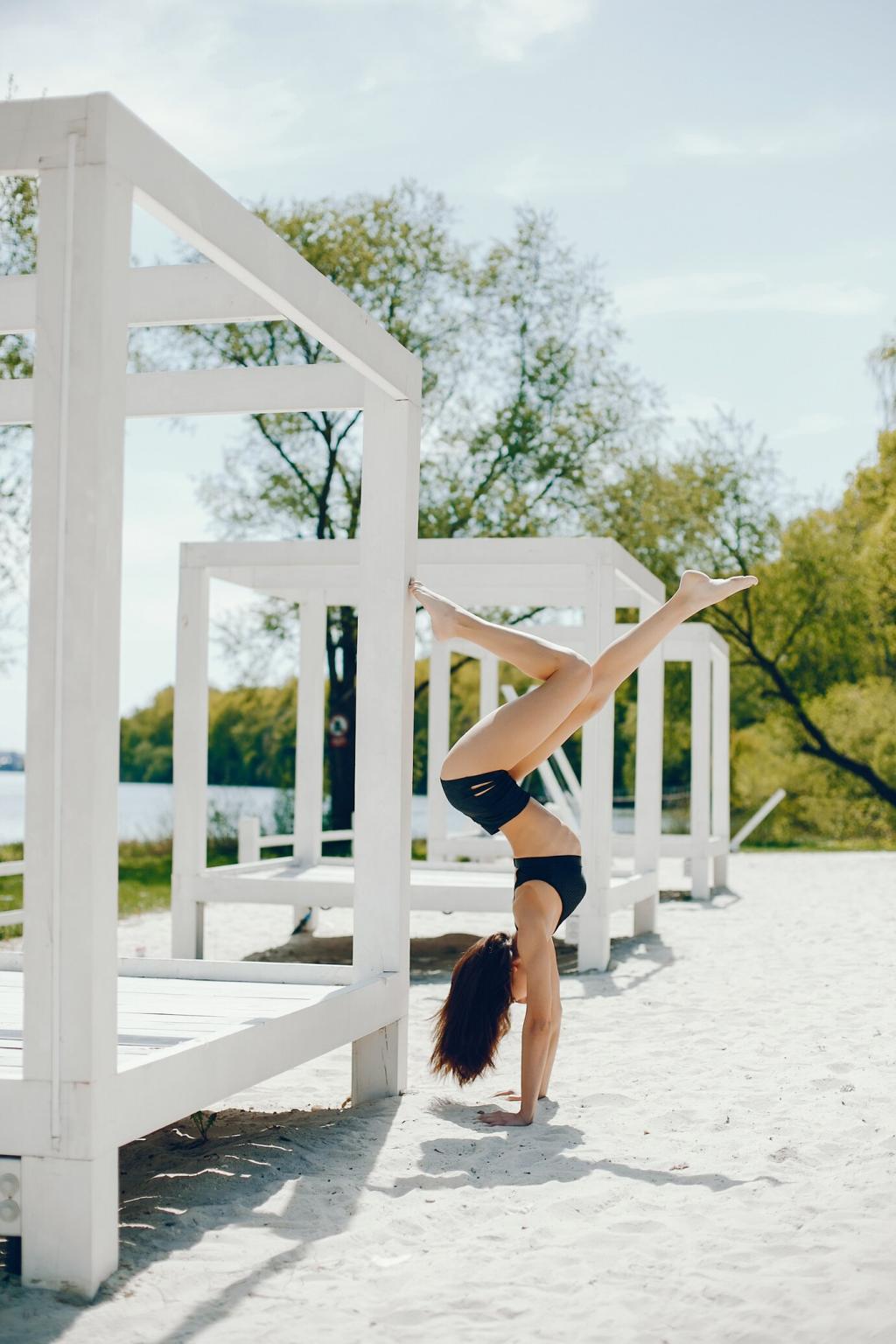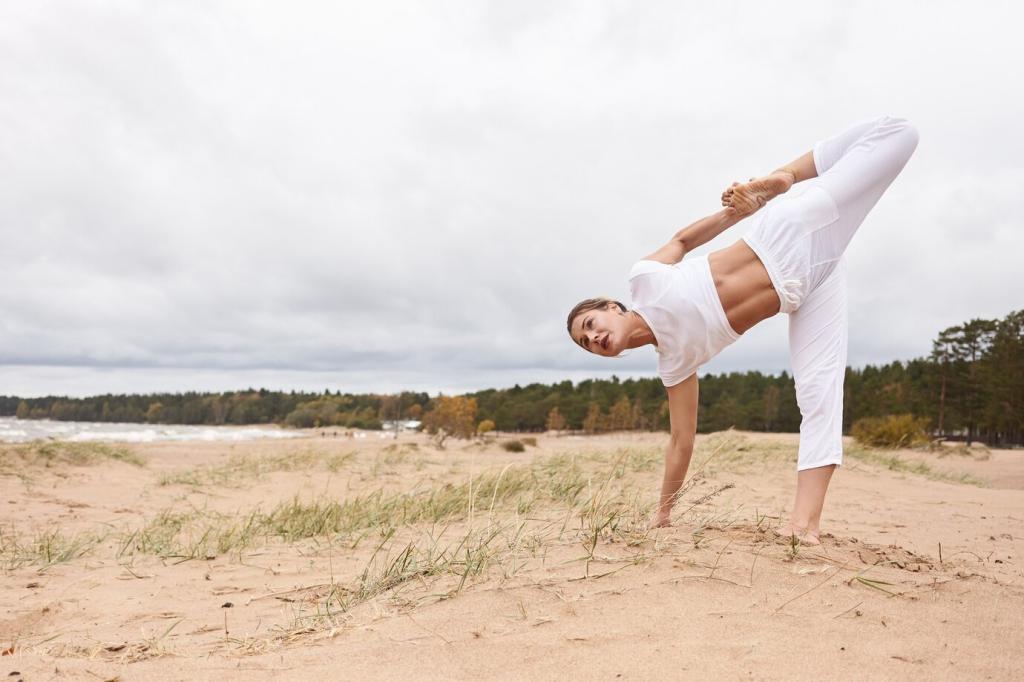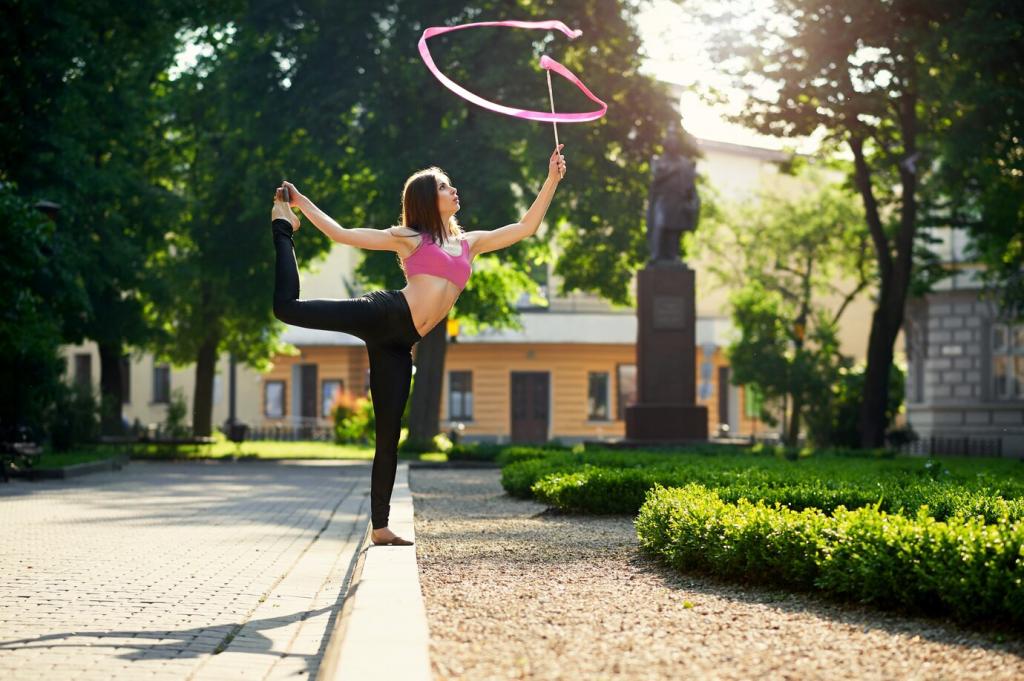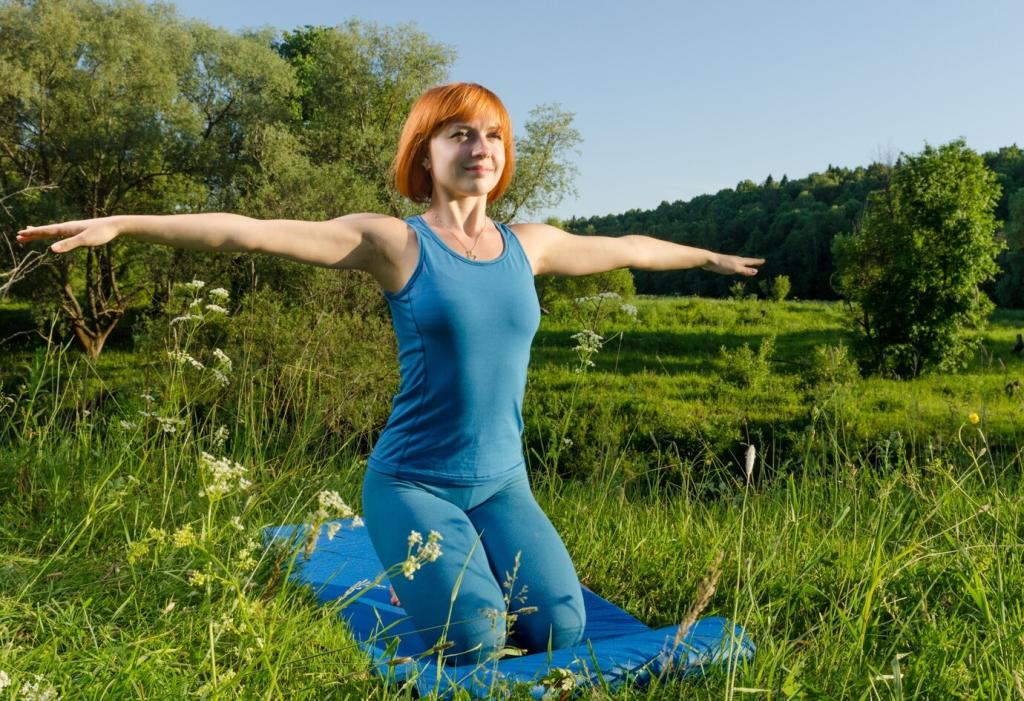Practical Mindfulness Drills for Athletes
Notice five sights, four sounds, three touches, two smells, one taste. This sensory ladder interrupts rumination and primes presence. Use it after a missed lift or shot to clear mental fog. Comment with your favorite variation so we can share athlete-tested tweaks next edition.
Practical Mindfulness Drills for Athletes
Choose a cue that captures your plan: “tall,” “drive,” or “soft hands.” Start your warm-up repeating the cue with breath. When pressure spikes, return to that word and the feeling it evokes. Share your cue in the comments; we’ll compile a community list for inspiration.


